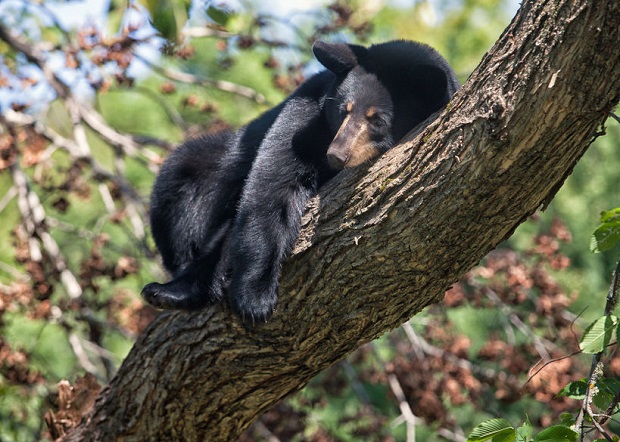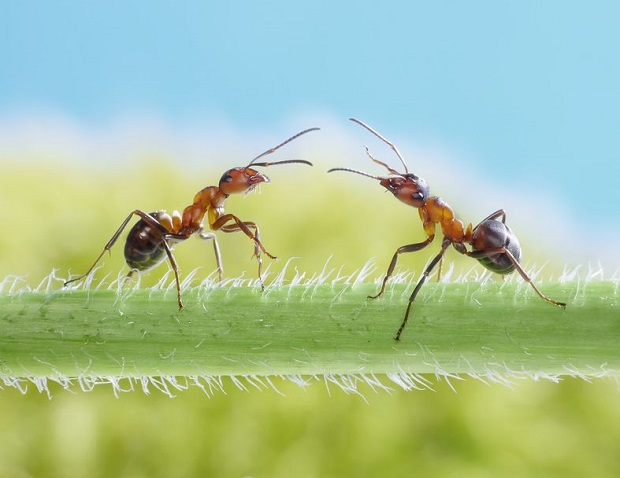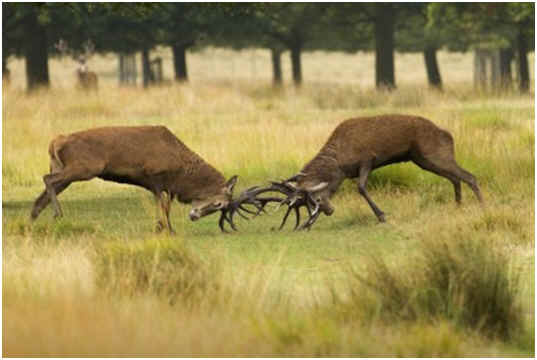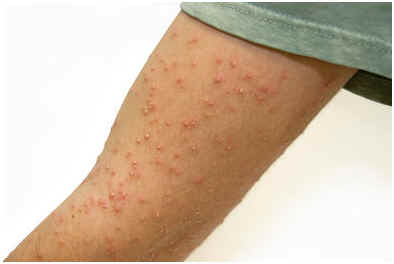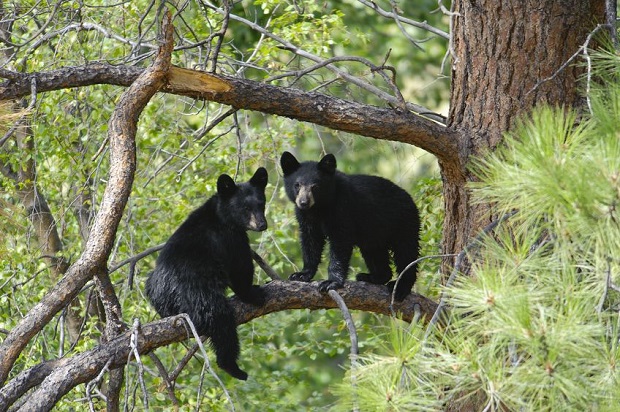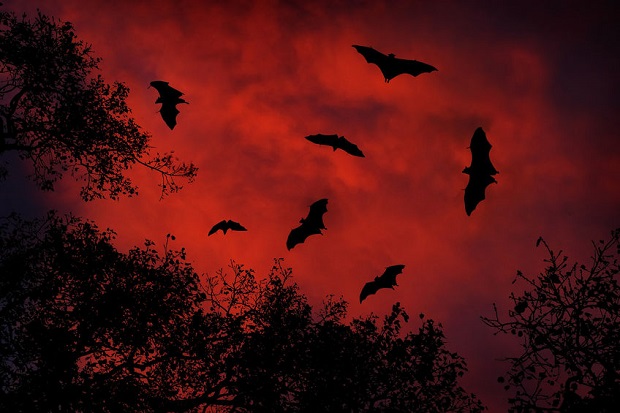
Nearly one-fifth of the Earth’s known living mammal species comprises 925 different types of bats. Only rodents encompass more individually listed species in the mammal group, and in some tropical areas, there are more types of bats than all other types of mammals combined.
Microchiroptera and Megachiroptera
Bats are divided into two main groups, based on the kind of food that they like to consume. The larger of the two groups, Microchiroptera, features 759 types of bats that have historically fed on insects, while the smaller category, Megachiroptera, encompasses 166 types of bats that subsist on plant material such as fruits, nectars, and pollens. However, over many centuries of gradual evolution, some Microchiroptera bats have diverted to other eating baits, including carnivorous and blood-only feeding patterns.
Flying Mammals
Bats are the only mammals that possess true wings and flying capabilities. The scientific species name of Chiroptera literally translates as “hand-wing” and refers to the fact that bats’ wings are, in essence, modified forelimbs. All 925 types of bats have a thumb, which in most cases is a substantial claw to help them climb. Bats that rely heavily on climbing for their feeding and roosting habits typically have longer thumbs.
The smallest bat species, the Bumblebee Bat, resides in southwestern Thailand and weighs as little as seven one-hundredths of an ounce. It is also sometimes referred to as the Hog-Nosed Bat. Meanwhile, at the largest end of the Megachiroptera species group spectrum, individual bats can weigh up to 52 ounces.
Bat Types
Bat types are often categorized by the country in which they breed. For example, in the United Kingdom, there are 18 different types of bats, with the most recently identified strand, the Alcathoe, having been confirmed in 2010. In the United States, there are at least 47 different types of bats belonging to the ghost-nosed, free-tailed, vesper, and leaf-nosed families.
Beginning in 2007, a plague known as White-nose Syndrome (WNS) began devastating the U.S. east coast bat population. It is now considered responsible for the most precipitous wildlife decline in the past century in North America and, sadly, continues to spread in 2010. Since it was first discovered in 2006 in a single bat cave in New York, WNS has claimed more than one million individual bats in fourteen states, spanning nine different types or species.
Resources
- Wund, Matthew, and Phil Myers. “ADW:Chiroptera: Information.” Animal Diversity Web. N.p., n.d. Web. 5 Aug. 2010. http://animaldiversity.ummz.umich.edu/site/accounts/information/Chiroptera.html.
- “ADW: Bat Wings and Tails.” Animal Diversity Web. N.p., n.d. Web. 5 Aug. 2010. http://animaldiversity.ummz.umich.edu/site/topics/mammal_anatomy/bat_wings.html.
- Goswami, Anjali. “ADW:Craseonycteris thonglongyai: Information.” Animal Diversity Web. N.p., n.d. Web. 5 Aug. 2010. <http://animaldiversity.ummz.umich.edu/site/accounts/information/Craseonycteris_thonglongyai
